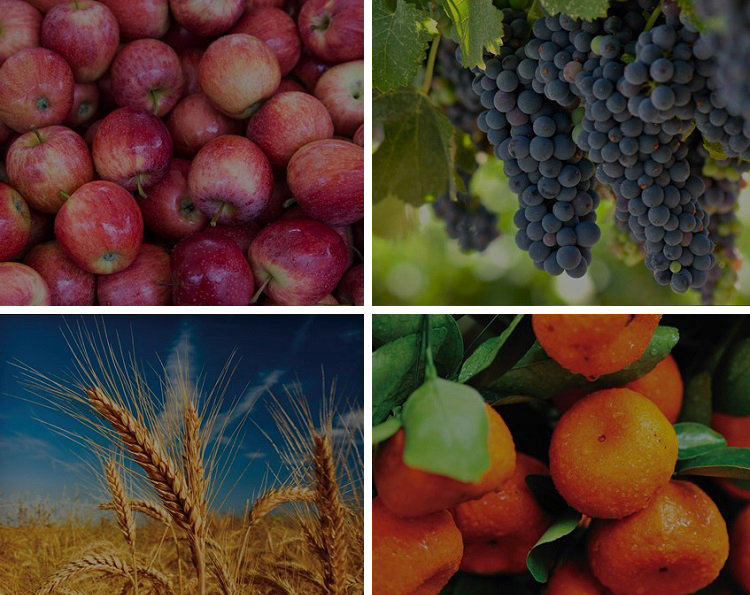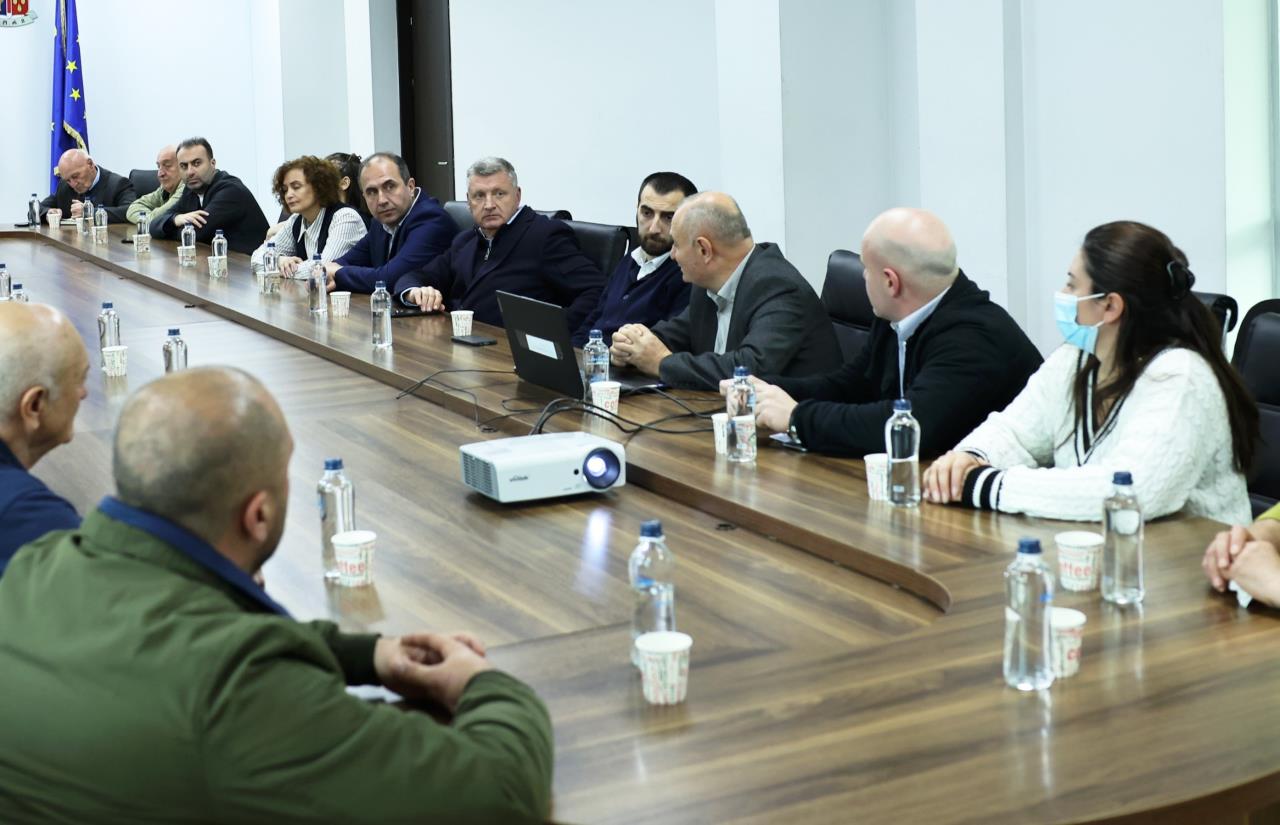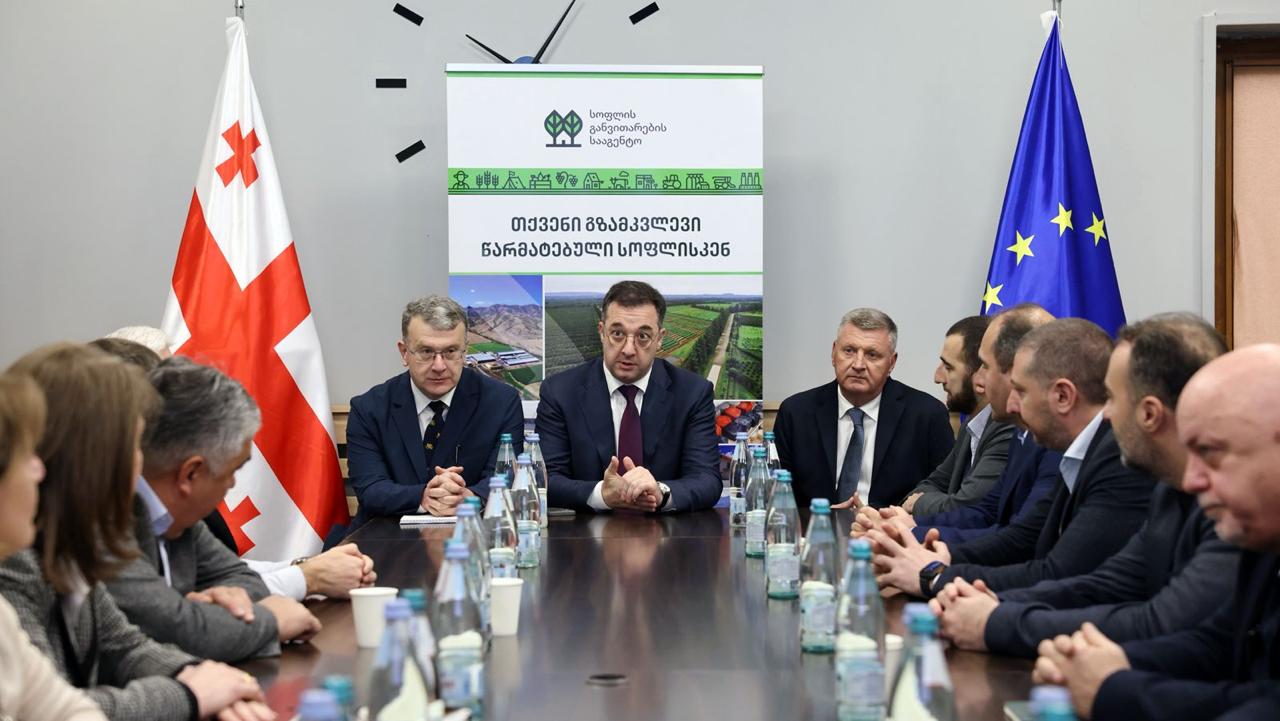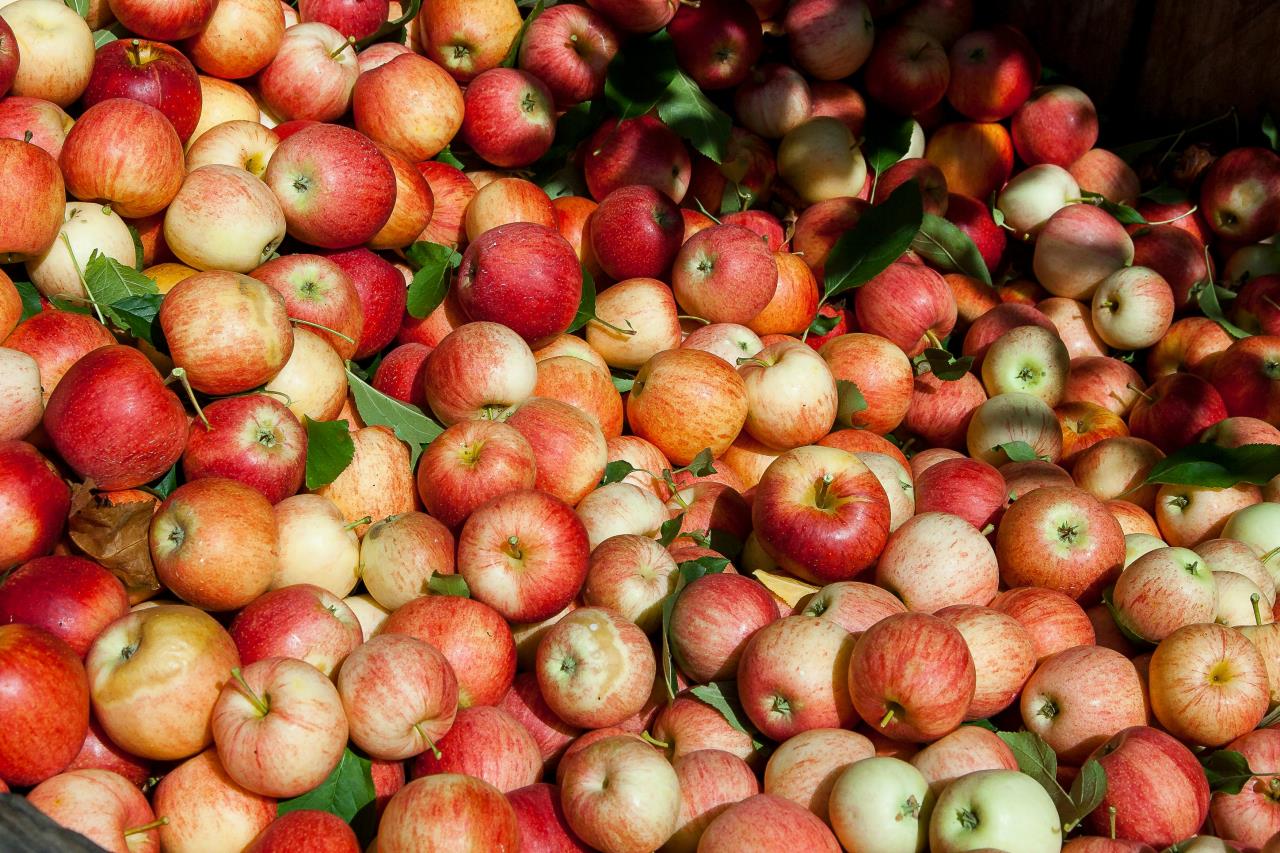Within the framework of the agroinsurance program, the area of insurable agricultural land has increased
According to the decision taken at the meeting of the Government of Georgia, changes were made in the state program of agro-insurance.
According to the changes, the area of insured agricultural land has increased - instead of 10 hectares, farmers will be able to insure no more than 20 hectares; In the case of grain crop insurance, instead of 50 hectares, no more than 100 hectares.
In the case of perennial agricultural crops, the term of damage assessment is reduced and instead of 21 days, it is determined by 15 days. Also, in the part of settlement of the insurance event, the period of telephone notification by the insurer to the insurer is changed and instead of 24 hours, it is determined by 72 hours; This change was due to the fact that farmers have more time to make a notification in the event of an insurance event.
Insurance rates are also changing; In particular, instead of a fixed insurance rate, there will be a lower and an upper limit of the insurance rate. The mentioned change will enable, on the one hand, insurance companies to offer customers a risk-based tariff and, on the other hand, insurers to select insurance companies based on the amount of the insurance premium. The mentioned change will also help to increase the competition between the insurance companies involved in the program.
Within the framework of the state agricultural insurance program, the insurance policy covers such insurance risks as hail, flood, storm and autumn frost (only for citrus crops - in the period from September 1 to November 30). Each policyholder will receive 70% co-financing of the insurance policy premium for all crops covered by the program.
Until 2014, there was no mechanism by which farmers could protect their crops from climate risks. With the emergence of the Agro-Insurance Program, insurance became available to farmers who had small farms and were most in need of government support. Agro-insurance program is a tool that makes agriculture more predictable and makes it more attractive for stakeholders to invest in the sector.







